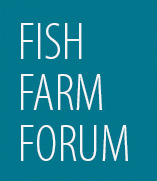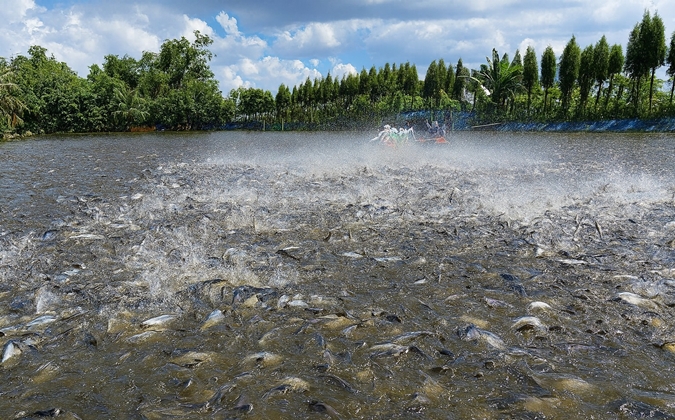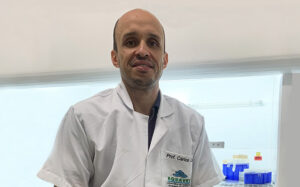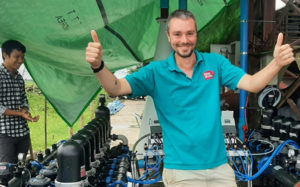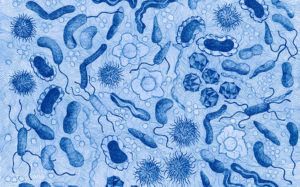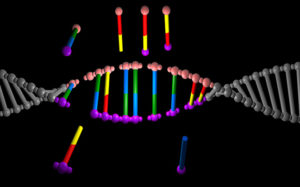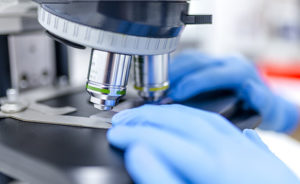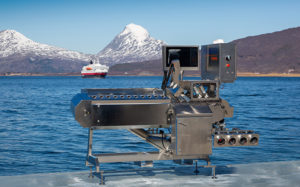Technology
Automatic vaccination in tilapia farming: a new era is coming
By Carlos AG Leal, Professor of Immunology and Fish Health, Veterinary School, Federal University of Minas Gerais-UFMG, Brazil
Combining technology and knowledge to improve aquaculture in Southeast Asia
Southeast Asia is one of the world’s fastest-growing regions for aquaculture, but production efficiency, environmental impact and disease remain bottlenecks for sustainable production.
The future of sea louse control on salmon farms: do genetic technologies hold the key?
Genetic technologies could give salmon farmers the crucial tools they need to prevent sea louse infestations, according to researchers.
Bacterial risks in recirculating systems can be managed, study suggests
There is a risk that antibiotic resistant bacteria of the Aeromonas genus can be introduced into recirculating aquaculture systems (RAS), according to new research in France — while fish feed can provide bacteria with a route into these highly controlled production environments.
Navigating barriers on the road to gene-edited fish
Gene editing could aid fish resistance to disease, as well as provide other advantages to producers, but there are still barriers to overcome before it becomes widely used in global aquaculture, according to an industry expert.
How accessible genome sequencing supports sustainable aquaculture
New, affordable technologies are changing the speed and cost at which full-genome sequences can be produced for diverse applications.
Advanced diagnostic approaches for fish disease are welcome, but sometimes simpler is better
With technologies for molecular diagnosis of fish disease increasingly available, sometimes simpler approaches that have great diagnostic power are being ignored.
Pandemic accelerates aquaculture’s transition to automated vaccination
New measures introduced on fish farms to limit the spread of Covid-19 are fast-tracking the adoption of vaccine machinery as a growing number of producers recognize its advantages.
- « Previous
- 1
- 2
